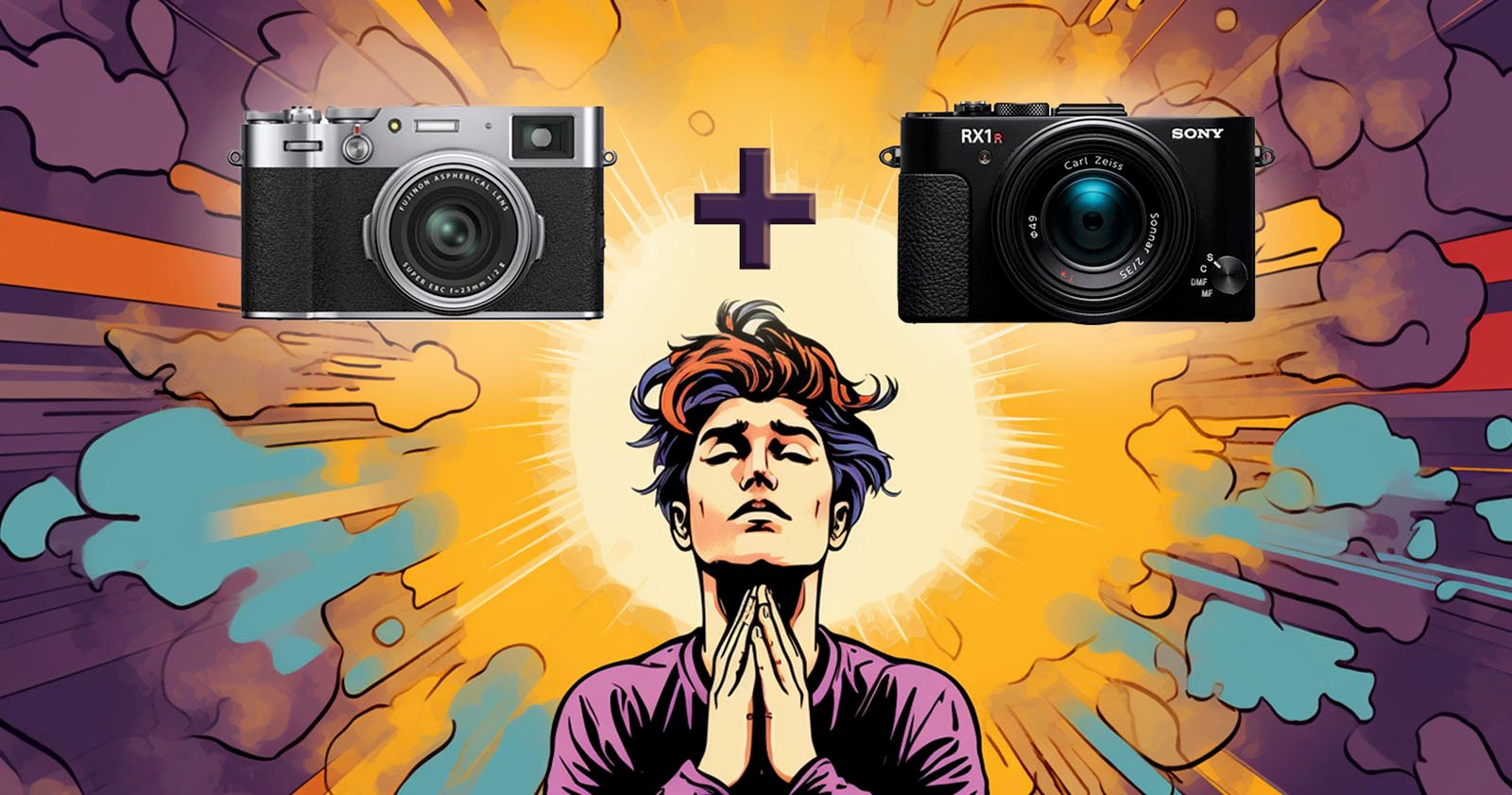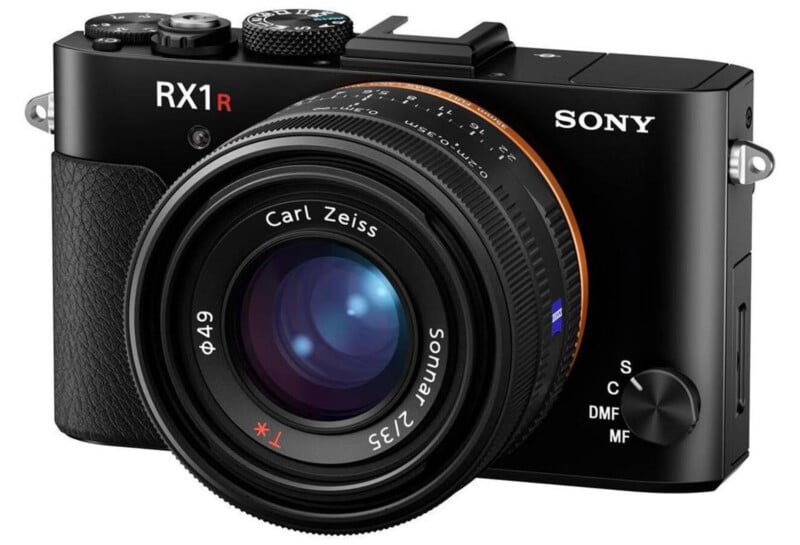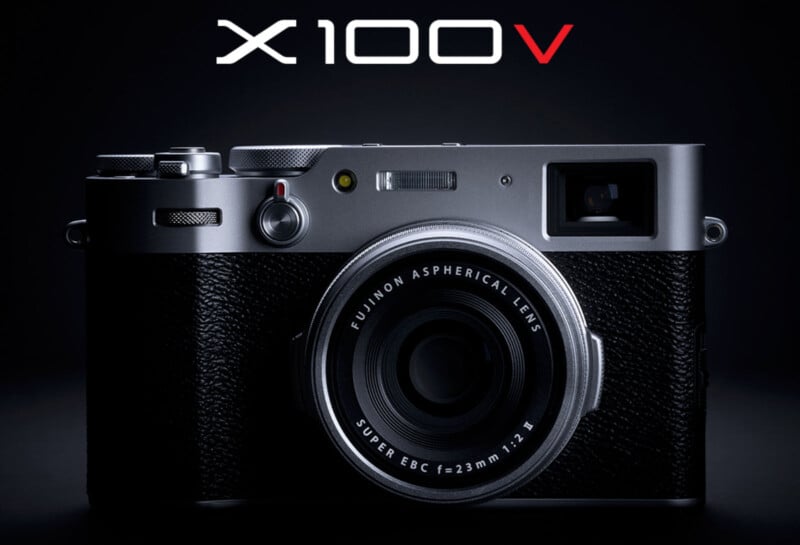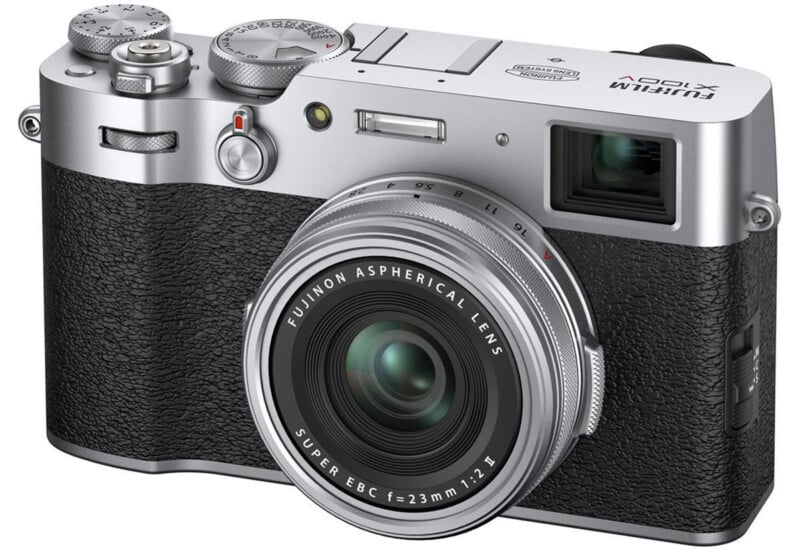
[ad_1]
![]()
After wrapping the prize, petapixelstaff highlighted another annual project, “Bold Camera Predictions.” The 2024 edition will be released later this week with the help of a special guest, but continued internal discussions have resulted in my dream camera to replace the Sony RX1R II.
Released in 2016, the Sony RX1R II was a stunning compact full-frame camera with great image quality and an excellent built-in 35mm f/2 Zeiss Sonnar T* fixed lens. I say “was” because even though this camera is technically still new and available for $3,300, it’s a very long one. Same as the Sony α7RII, it is equipped with a 42.4 million pixel Exmor R CMOS sensor. Yes, the α7R Mark II was released in 2015, but it is now just a distant memory. We’ve come a long way since the days of the α7R II.
Anyone in the industry who has spent a lot of time around me over the past few years has learned how Sony will release the RX1R III with its latest high-resolution 61-megapixel image sensor and upgraded lenses. I had the misfortune of hearing a bunch of babble about what was needed. Sony’s autofocus system and AI have also made great strides, which will help make his RX1R III even better in the future. But my pleas fell on deaf ears.

Jump to this morning. petapixelIn a casual conversation, Jordan Drake mentioned that Fujifilm’s long-rumored full-frame camera could be the successor to the Fujifilm X100V. Little did Jordan know, he inadvertently planted a seed in my heart that quickly grew into an insatiable desire for full-sized Fuji goodness. Hope, no. needit’s almost guaranteed to end in disappointment.
But Fujifilm really is the perfect company to pick up where Sony seemingly left off, and as such it will hurt even more if the full-frame X100 doesn’t come out every year.
Rumors that Fujifilm will eventually produce a full-frame camera are very persistent, even though Fujifilm has said it will “never” happen. This strongly worded declaration cannot be ignored in this article. And that was in 2018 for him. In corporate terms, that was practically an eternity ago.

There are many great reasons why Fujifilm will never make a full-frame equivalent of the X system for APS-C cameras. Besides the obvious issue of intense competition in the full-frame mirrorless camera space, there’s also the GFX-sized elephant.
Fujifilm is positioning its medium format GFX cameras as legitimate competitors to full frame cameras. This position has been further strengthened by the improved speed, autofocus performance, and video capabilities of his latest GFX camera, his GFX 100 II. Full frame ILC would undermine the “better than full frame” angle that Fujifilm achieved with his GFX. Also, would Fujifilm want to make a third lens mount? That would be a lot to juggle and a pretty crazy thing to do.
But you know what’s not crazy? X100V style camera equipped with a full-frame image sensor and 35mm equivalent lens. There’s no new lens mounting system here. The X100 series is loved by photographers for its retro style, compact size, and excellent image quality. With a larger image sensor and new lens, his X100 camera doesn’t compromise on style at all. It’s probably a little bigger and heavier, but it also offers great image quality. Overall, I think it’s a net positive.
Obviously, Fujifilm doesn’t make full-frame X-Trans image sensors, but Fujifilm hasn’t shied away from Bayer pattern sensors with the GFX series. For that matter, some X-series cameras also omit the X-Trans sensor technology. The lack of X-Trans does not preclude excellent image quality, especially considering that Fujifilm’s signature “look” is due to its optical design and superior film simulation. Full-frame cameras can have great Fuji optics and fancy film simulations, even if they don’t have an X-Trans sensor.

At the risk of getting carried away, let’s keep the beat going. I can’t stress this enough, but there are no worthwhile rumors about Fujifilm’s full-frame cameras, nor is there any talk that the next X100 model will have a larger sensor than his APS-C. In fact, there is good and reasonable evidence that the upcoming X100 camera will use the same 40-megapixel APS-C sensor that was introduced in the X-H2 and X-T5 cameras.
I can’t even call this a “bold prediction” because I’m so far out of the realm of reality. As such, this pipe dream is a standalone article and not part of the upcoming “PetaPixel’s Bold Camera Predictions for 2024” article. There is no doubt that future predictions are bold, but they are at least somewhat tempered by the real world, and while bold, some of them may come true. This editorial is a thought experiment at best, and yet one driven primarily by desperate hope.
Nevertheless, for me, the full-frame X100 series cameras really make sense.
Fujifilm is not a semiconductor company, so it already orders image sensors from other companies (well, maybe only Sony Semiconductor, but I digress). Fujifilm has a wealth of optical engineering technology to create full-frame prime lenses, especially for fixed lens cameras. Fujifilm engineers can work their magic on larger image sensors, as evidenced by the truly amazing lenses for the GFX system.
This isn’t a perfect idea and there are some notable concerns, perhaps the biggest of which is the price. The price of the Fujifilm X100V is $1,400, and the move to a new 40-megapixel APS-C sensor may mean a slight price increase, but the price of the upcoming X100 camera is similar to that of Sony’s RX1R II camera. It won’t come close to the price. Of course, there’s also the Leica Q3, a $6,000 camera with a 60-megapixel full-frame sensor and a Summilux 28mm f/1.7 lens.
No one is willing to spend $3,300 on a 2016 RX1R II in 2023, which will soon be 2024. Additionally, most photographers don’t have the $6,000 needed to buy a Leica Q3, even though it’s an amazing Leica Q3 by all accounts. However, the same photographer may not want an APS-C image sensor, even if he has 40 megapixels.
As for the Q3, the potential move to a higher resolution and larger image sensor could also allow Fujifilm to introduce a clever cropping mode like the one found on Leica’s Q3, although it probably won’t be possible. It will be.
There’s a real gap in the market and Sony doesn’t seem interested in filling it again. When it comes to Leica, the legendary German company operates so far outside the typical photography market that it doesn’t really matter what they’re trying to do. For better or worse, Leica does its own thing.
There is no company better suited to fill that void than Fujifilm. Will the $3,000 60-megapixel X200 with its new Fujinon 35mm f/1.8 lens, modern film simulation, and gorgeous vintage styling fly off the shelves? Probably not, but it could be a big hit. Yes, and certainly worth existing. If there is such a thing as a Christmas wish, this is his wish for me in 2024 and beyond. Fujifilm, please.
[ad_2]
Source link







